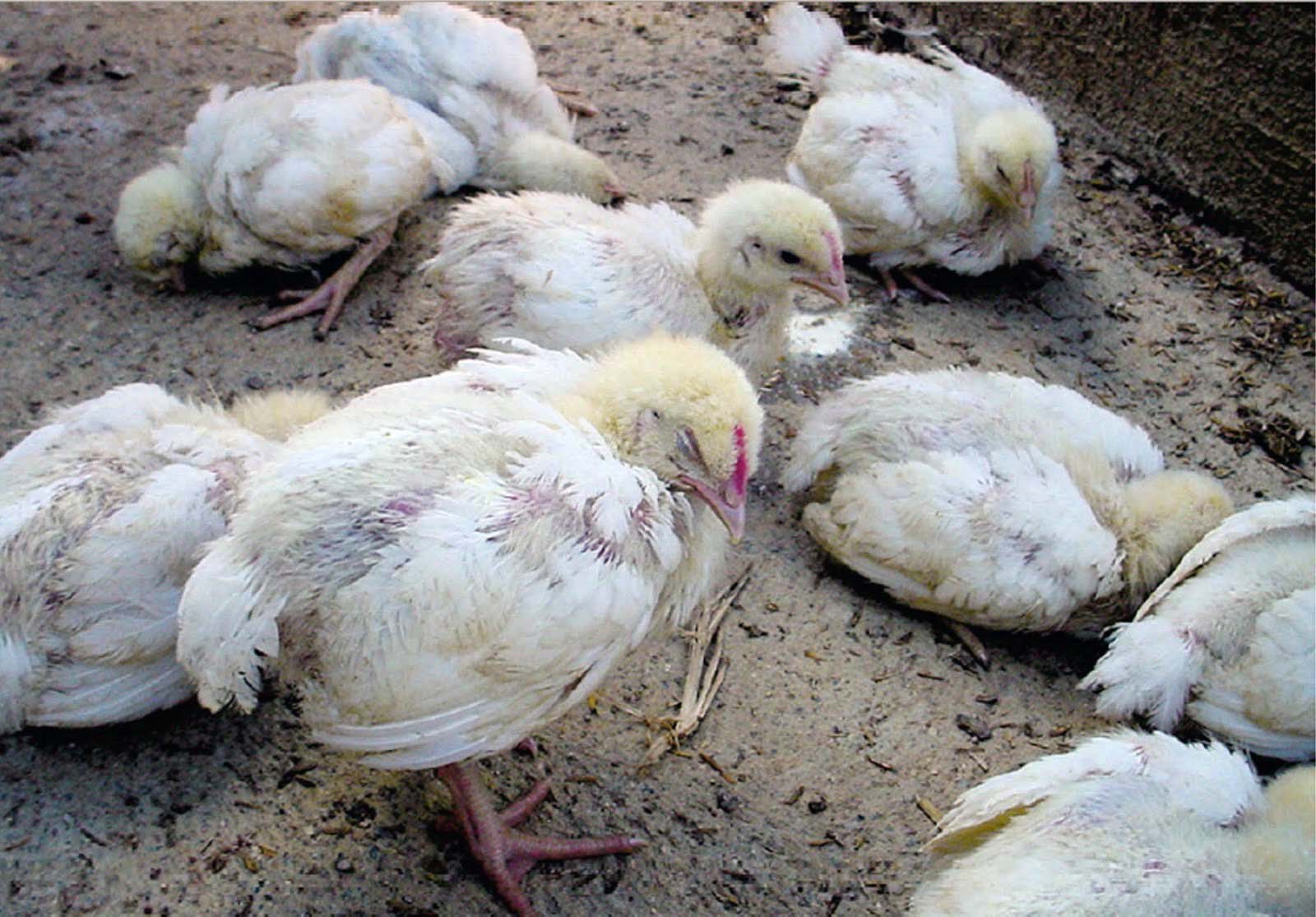Newcastle disease (ND) is caused by a virulent strain of avian paramyxovirus type 1 (APMV-1). Infection with virulent ND viruses is associated with high mortality in poultry. ND causes economic losses due to mortality, morbidity, decreased egg production, and post-vaccination reactions. ND has resulted in considerable losses in the poultry industry in various parts of the world, including in Indonesia.
ND is a significant disease in the world of livestock, and it is categorized by OIE as a notifiable disease because this disease is economically very detrimental. Virulent ND virus infection can cause a mortality rate of up to 100%, causing restrictions on international trade in poultry products and an embargo on countries experiencing ND outbreaks. ND is transmitted through direct contact with infected poultry. Transmission can also occur through contact with the secretions and excretions of infected birds. Another important route of transmission is by air. Apart from infecting poultry, natural ND virus infections have also been found in pigs, sheep, and even human case reports.
The ND virus is a virus with a diameter of about 200-300 nanometers. It has a single serotype (APMV-1) and a non-segmented, single-stranded genome size of about 15.2 kb that encodes nucleocapsid proteins (NP), phosphoproteins (P), matrix protein (M), fusion protein (F), hemagglutinin-neuraminidase (HN), RdRps (L) proteins, and nonstructural proteins, namely V and W from the P Protein F gene have high immunogenic properties.
In Indonesia, the disease that attacks poultry is popularly known as tetelo, taken from the Javanese language, thèthèlo. ND was first reported by Professor Kraneveld, who worked at the Center for Veterinary Research (IRCVS) in Bogor, West Java, in 1926. The following year, there was an outbreak of the severe disease in poultry in the New Castle area. After 1935, the name ND was only used by Doyle, referring to the city name in England. Furthermore, ND spread rapidly to various parts of the world. This virus can infect almost all species of poultry, both wild and domesticated poultry in households and livestock industries. Natural virus infections are also found in pigs, sheep, and mink. There were even human case reports in 1952.
The ND virus vaccine is divided into two, namely the active vaccine (live) and the inactive vaccine (killed). Active vaccines are vaccines that contain live viruses or contain viruses that are malignantly attenuated, including B1, V4, F, Komarov, Mukteswar, I-2, and La Sota. Inactivated vaccines cannot multiply in the vaccinated animal but capable of stimulating the formation of antibodies. Lots of vaccination programs have been implemented in the livestock environment, but there are still many failures. One indication of failure is high virus mutations, especially viruses with genetic material in the form of RNA.
In our study, the analysis of bioinformatics was applied to determine the molecular phylogenetics of the ND virus circulating in Indonesia. Henceforth, further research can be used as a reference in the study of vaccine virus design in applications in the poultry vaccine industry. On the other hand, rapid advances in the field of molecular biology mean that genetic code data has now been used in many phylogenetic studies to produce more accurate information. Systematics has the leading role in providing knowledge tools to characterize organisms and recognize them for understanding diversity at the same time. The diversity of ND virus (antigenic, pathogenicity, and genetic) needs to be studied to answer why ND cases keep appearing or endemic. So far, vaccinations against ND virus have been carried out regularly. If vaccine-induced immunity is not able to neutralize the ND virus in the field, then new virus vaccine development is needed.
Author: Arif Nur Muhammad Ansori, Alexander P. Nugraha Link: http://www.connectjournals.com/toc2.php?abstract=3184000H_3023A.pdf&&bookmark=CJ-033216&&issue_id=Supp-01%20&&yaer= 2020





